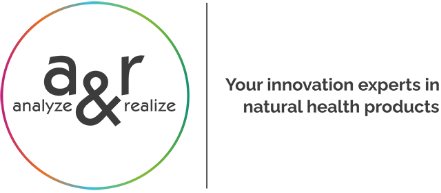
On 21 October 2022, the European Commission published Regulation (EU) 2022/2002, amending the Annex of the Contaminants Regulation (EC) No 1881/2006 with regard to new maximum levels for dioxins and dioxin-like polychlorinated biphenyls (PCBs) in certain foodstuffs.
What is the background?
In 2018, EFSA adopted a scientific opinion on the risks to animal and human health related to the presence of dioxins and dioxin-like PCBs in feed and food. In this context, EFSA established a tolerable weekly intake of 2 pg TEQ (toxic equivalence)/kg body weight/week for the sum of dioxins and dioxin-like PCBs. As recommended by EFSA, the World Health Organisation (WHO) is currently re-evaluating the WHO-TEFs (Toxic Equivalence Factors) in order to harmonize TEFs for dioxin and dioxin-like compounds at an international level. Although the completion of this review is still pending, maximum levels for dioxins, the sum of dioxins, and dioxin-like PCBs have been set for foodstuffs that have not yet been recorded. Taking into account the available occurrence data and the importance of protecting human health, the maximum levels for some products are lowered and some products are added.
What is new?
The new regulation sets maximum levels for products that were not covered in the previous legislation such as meat and meat products from all ovine and caprine animals, horses, rabbits, wild boar, wild game birds, and venison. The listing regarding the liver of the animals is extended according to the added animals. The existing maximum level for hen eggs is extended to all poultry eggs with the exception of goose eggs. Furthermore, the maximum levels for crustaceans will also apply to the muscle meat of the abdomen. In addition, the limits for milk and dairy products are reduced on the basis of the occurrence data and with the ultimate goal of protecting health.
What must be considered?
The Commission Regulation 2022/2002 will enter into force on 13 November 2022, and the amendment will apply from 1 January 2023. The regulation applies to all food produced in or imported into the EU. Products with a long shelf life covered by this regulation that were lawfully placed on the market before the date of application may remain on the market until their date of minimum durability or use-by-date.
In case you need support – our regulatory experts will guide you!
